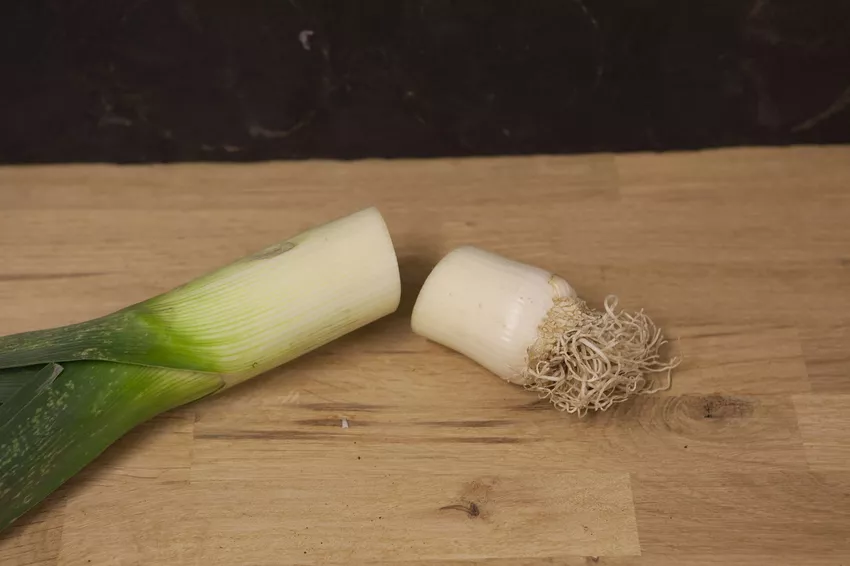It's a trend that is attracting more and more people. Finding new life from vegetable scraps is easier than you might think.

Behind the English term "regrowing" there is a principle that most hobby gardeners know under the propagation of cuttings or under the term vegetative propagation. In itself, the basic principle of regrowing is not to throw leftover vegetables in the trash, but to give them new life by letting them grow back. In the meantime, however, the term is also used when cuttings are taken or fruit stones are used for propagation.
Regrowing: The Principle
The process is pretty easy for many regrow weeds. Instead of throwing away the stalk (e.g. with romaine lettuce), it is placed in a glass of water for a few days. The water should be changed regularly to prevent rot. After a few days you will be able to see new life sprouting from the middle of the romaine lettuce. Then it's time to remove the stalk from the water and place it in a pot of soil. Cultivating soil is particularly suitable for this. Of course, every plant has slightly different requirements when it comes to location. In general, however, it should be light and warm around the regrow plants.

Instructions for a whopping 21 plants to regrow at home can be found in the book Regrow your Veggies written by Plantura founders Melissa and Felix.
You can find an interview with Melissa about the Regrow your Veggies book here.
Regrowing: Which plants are good?
The nice thing about regrowing is that for many plants it is fairly easy to do, making it ideal for gardening with children. The following plants offer a very good chance of success, that new life will soon grow from the stalk:
- Leek onions
- Leek
- Rosella Salad
- Celery

Regrowing of Pineapple
There are alsoPlants that are not so easy to regrow. The supreme discipline, for example, is the pineapple. That's right - you can also grow a new plant from the stalk of a pineapple. To do this, the stalk of the pineapple must be gently twisted out of the fruit and placed in water to pull out the first roots. Then the pineapple trunk comes into a pot with soil and now wants a very bright and warm location. A bright conservatory, for example, is ideal, as this is where the exotic lady feels most reminiscent of her tropical home.
With a lot of love and a little luck, after about 3 years, a small mini pineapple may grow out of the middle of the plant. But even if that doesn't happen because the plant was perhaps a bit too cold, you have grown a beautiful houseplant out of what you thought was kitchen waste.
For more regrowing tutorials and videos, check out these articles:
- Regrow Vegetables
- Regrow herbs